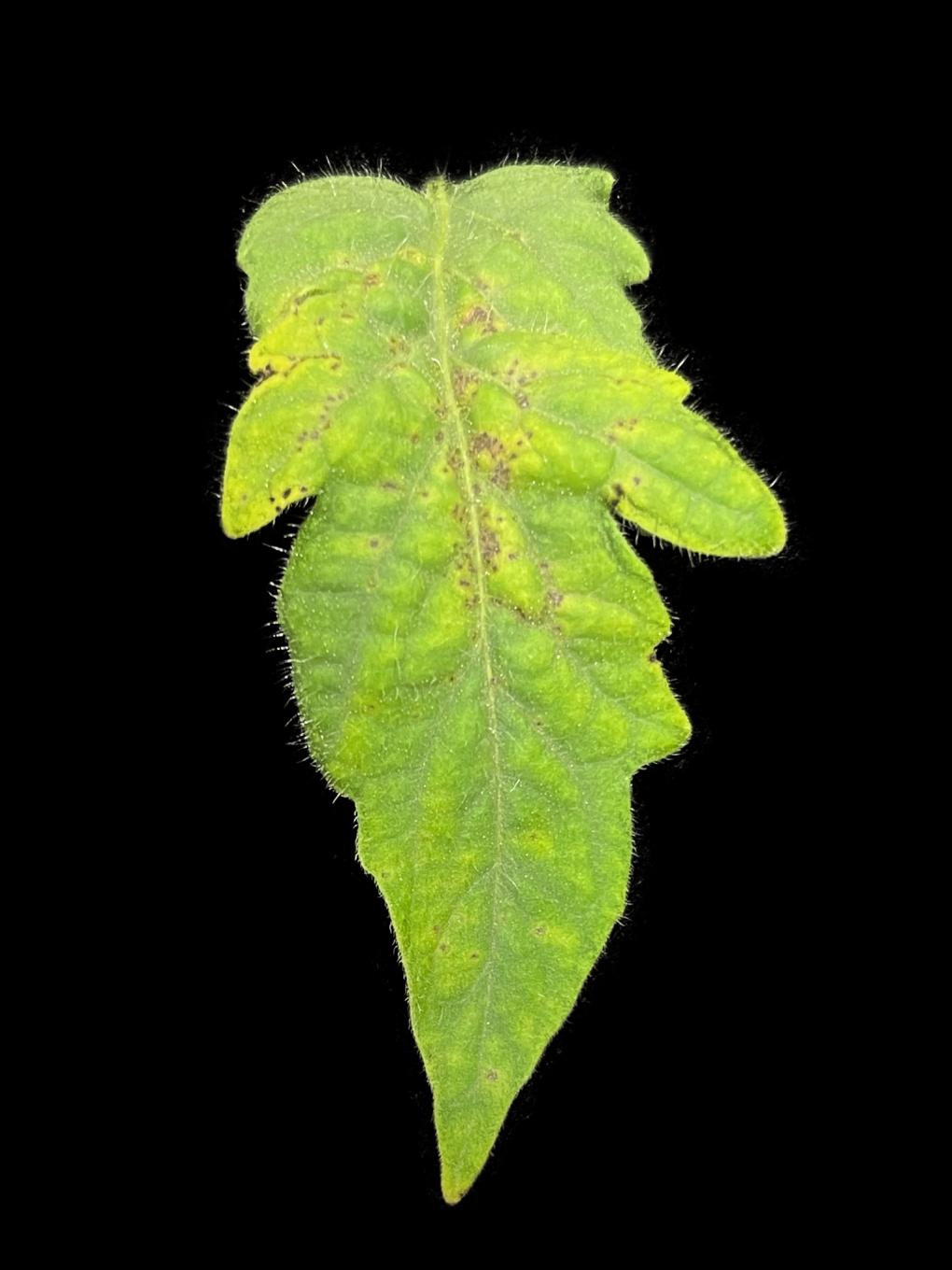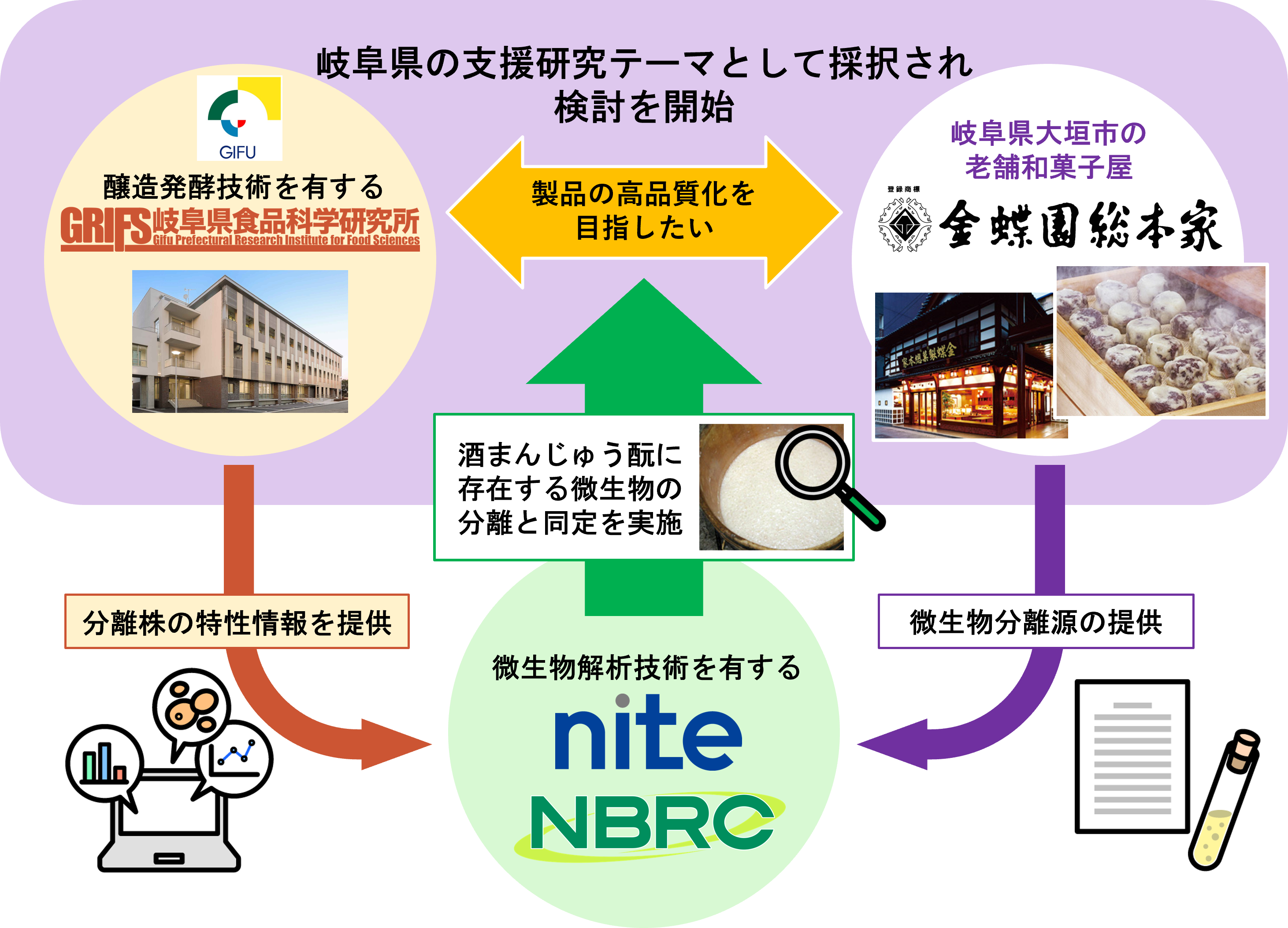これらの「クラスタ」は、機能をコード化する構造を持っている These ‘clusters’ have structures that encode function
2022-07-08 ワシントン大学セントルイス
研究グループは、凝縮物の根底に、実は関連構造があることを明らかにしました。
研究チームは、タンパク質が凝縮体を形成するには低すぎる濃度で動的構造を形成していることを発見しました。特定の相互作用があるため、小さな「クラスター」をたくさん作ることができ、それは構造を持っていて、その構造が機能をコードしている。
<関連情報>
- https://source.wustl.edu/2022/07/new-structure-found-in-cells/
- https://www.pnas.org/doi/10.1073/pnas.2202222119
相分離するRNA結合タンパク質は、飽和溶液中で不均質なクラスター分布を形成する Phase-separating RNA-binding proteins form heterogeneous distributions of clusters in subsaturated solutions
Mrityunjoy Kar , Furqan Dar, Timothy J. Welsh, Laura T. Vogel, Ralf Kühnemuth, Anupa Majumdar, Georg Krainer, Titus M. Franzmann, Simon Alberti, Claus A. M. Seidel, Tuomas P. J. Knowles, Anthony A. Hyman hyman@mpi-cbg.de, and Rohit V. Pappu
Proceedings of the National Academy of Sciences Published:July 5, 2022
DOI:https://doi.org/10.1073/pnas.2202222119

Significance
Membraneless biomolecular condensates are molecular communities with distinct compositional preferences and functions. Considerable attention has focused on macroscopic phase separation as the process that gives rise to condensates. This focus implicitly presumes that coexisting dilute phases and subsaturated solutions are featureless. Here, we show that this is not the case. Surprisingly, the FUS-EWSR1-TAF15 family of RNA-binding proteins form heavy-tailed distributions of clusters in subsaturated solutions. Given the low endogenous concentrations of phase-separating proteins, it stands to reason that the clusters we have discovered in subsaturated conditions will be present in cellular milieus. Knowing that such clusters exist opens the door to assessing the functional relevance of clusters of different sizes and shapes that form in subsaturated solutions or coexist with condensates.
Abstract
Macromolecular phase separation is thought to be one of the processes that drives the formation of membraneless biomolecular condensates in cells. The dynamics of phase separation are thought to follow the tenets of classical nucleation theory, and, therefore, subsaturated solutions should be devoid of clusters with more than a few molecules. We tested this prediction using in vitro biophysical studies to characterize subsaturated solutions of phase-separating RNA-binding proteins with intrinsically disordered prion-like domains and RNA-binding domains. Surprisingly, and in direct contradiction to expectations from classical nucleation theory, we find that subsaturated solutions are characterized by the presence of heterogeneous distributions of clusters. The distributions of cluster sizes, which are dominated by small species, shift continuously toward larger sizes as protein concentrations increase and approach the saturation concentration. As a result, many of the clusters encompass tens to hundreds of molecules, while less than 1% of the solutions are mesoscale species that are several hundred nanometers in diameter. We find that cluster formation in subsaturated solutions and phase separation in supersaturated solutions are strongly coupled via sequence-encoded interactions. We also find that cluster formation and phase separation can be decoupled using solutes as well as specific sets of mutations. Our findings, which are concordant with predictions for associative polymers, implicate an interplay between networks of sequence-specific and solubility-determining interactions that, respectively, govern cluster formation in subsaturated solutions and the saturation concentrations above which phase separation occurs.


